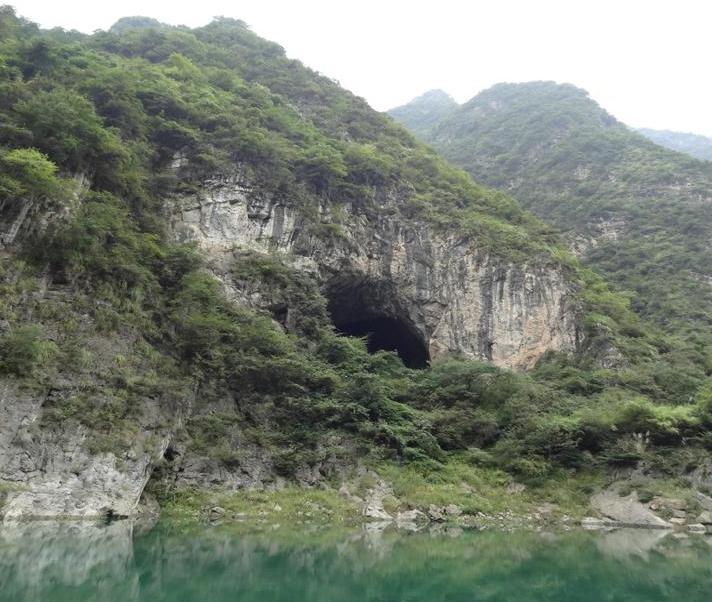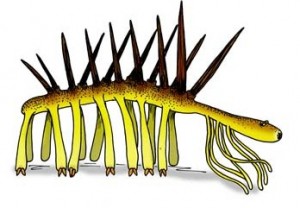A Glimmer of Hope in the Voids of Drug Screening
In the search for new drugs, millions of molecules are repeatedly tested across different high-throughput screens and, in any given screen, only a tiny fraction of the molecules show potential as therapeutic starting points. Of those that do not, many molecules have never shown even the faintest sign of biological promise, leading scientist to wonder whether such molecules should be considered lost causes or whether they may yet reveal useful drug candidates, if tested in the right screen.

In the Dark: Unearthing Cave Fungal Diversity
Fungi can cause disease, provide cures, dominate ecosystems, and shape their physical surroundings, yet their identities and capabilities are still largely unexplored. In the continued search to understand these ubiquitous organisms, scientists are exploring which fungi are found in the extremely dark and nutrient-poor, yet pristine, environment of the Heshang Cave, on the Yangtze River.
From the earlier this year: Backward Cambrian Beasties No More
Reexamination of 508-million-year-old fossils from the Burgess Shale led scientists to a clearer idea of what the enigmatic worm, Hallucigenia sparsa, may have looked like: namely which end was which (see video).

Images:
Modified from: Man B, Wang H, Xiang X, Wang R, Yun Y and Gong L (2015) Phylogenetic diversity of culturable fungi in the Heshang cave, central China. Front. Microbiol. 6:1158. Creative Commons Attribution License (CC BY)
Modified from Hallucinogenia, by Apokryltaros (Own work) [CC BY-SA 4.0 (http://creativecommons.org/licenses/by-sa/4.0)], via Wikimedia Commons
https://commons.wikimedia.org/wiki/File%3AHallucinogenia.jpg
